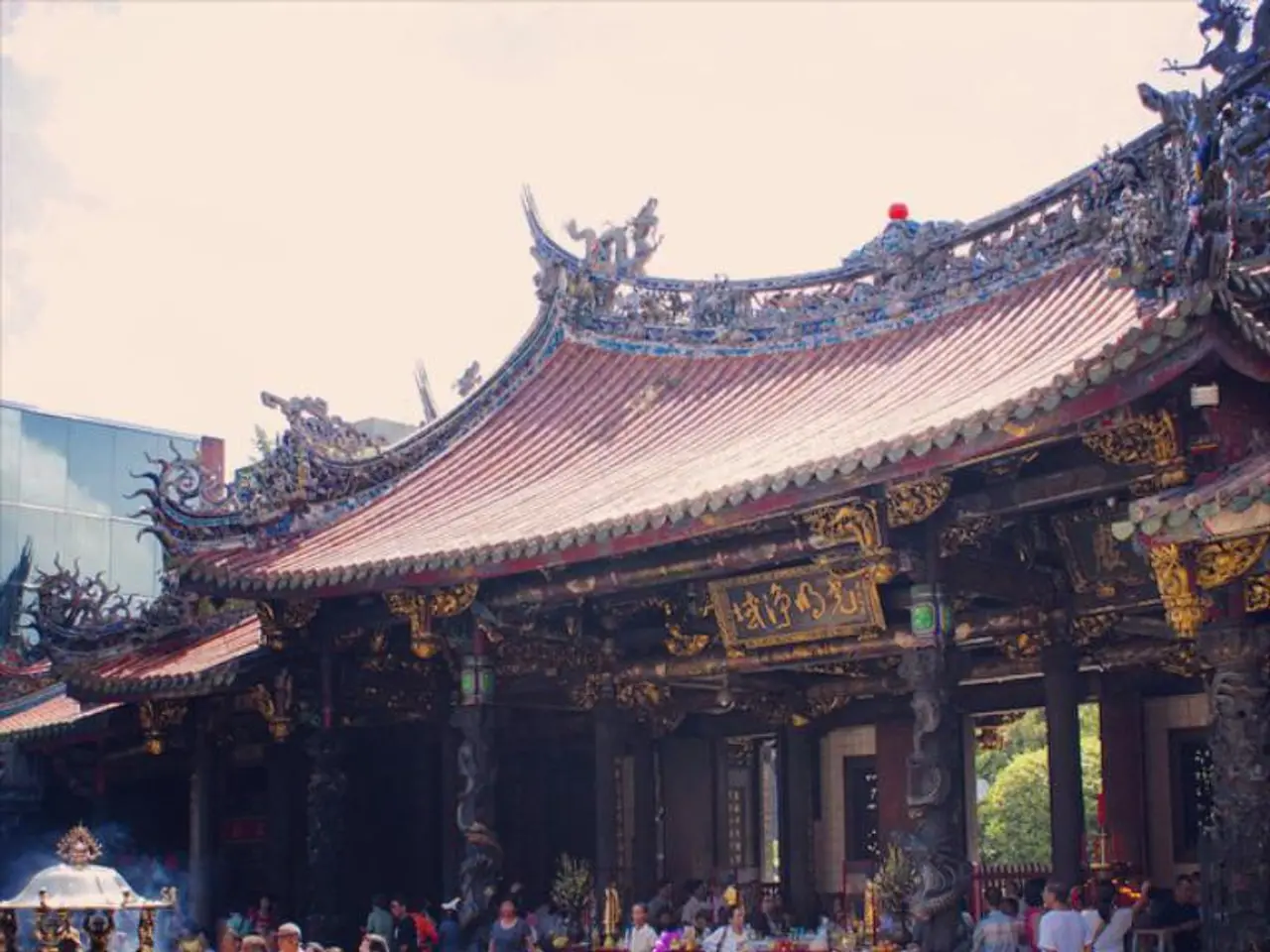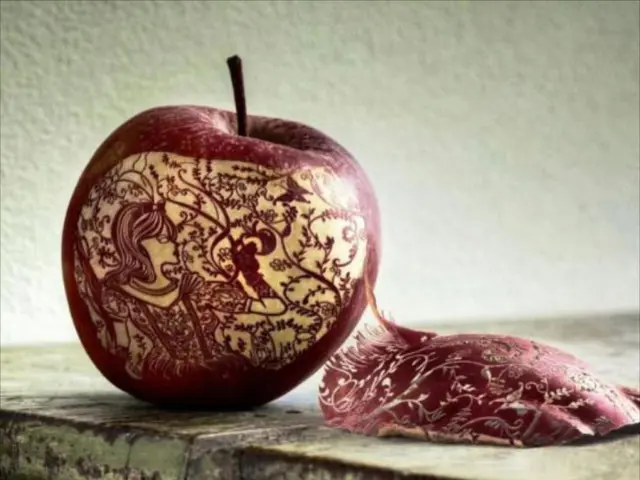Unveiling the Artisan Legacy of Hida Takayama: Hida Shunkei Lacquerware and Ichii Woodcarvings
Focus on Artisanal Skills of Japan's Heritage
In the heart of Japan, nestled within the picturesque mountains of Gifu Prefecture, lies the enchanting town of Takayama, often dubbed as "Little Kyoto." Known for its well-preserved historic buildings and traditional craft industries dating back to the Edo Period (1603-1868), Takayama is a treasure trove of Japanese culture and artisanship.
At the core of this rich heritage are two traditional crafts that have captivated the world: Hida Shunkei lacquerware and Ichii Woodcarvings.
The Origins of Hida Shunkei Lacquerware
The origins of Hida Shunkei lacquerware can be traced back to the mountainous region of the Hida area, where artisan families honed their craft using local resources. The craft flourished in the seventeenth century, with the abundant Japanese cypress trees providing the perfect material for the delicate and refined finishes that are characteristic of the lacquerware.
The unique translucent Shunkei lacquer technique, which highlights the unique grain of Japanese cypress, has made Hida Shunkei lacquerware a sought-after tableware in the nineteenth century. This lightweight and beautiful craft became widely used, contributing to the region's reputation as a hub of artisanal craftsmanship.
The Emergence of Ichii Woodcarvings
Ichii Woodcarvings, on the other hand, refer to intricate woodcarving work using soft yet durable Japanese yew wood, prized for its grain and workability. The craft originated as a means to create toggles for a man's kimono and has since evolved into a wide variety of functional and decorative objects, such as boxes, trays, and Buddhist altars.
Ichii Woodcarvings are unique to the Hida region and have been passed down through generations, with notable figures like Ayayuki Kosaka II, who is associated with Ichii Woodcarving's renowned workshop, Ichii Woodcarving.
The Significance of These Crafts
These crafts represent the ingenuity and adaptability of the locals, forged by centuries of living in a mountainous region with harsh winters and isolation. The skill sets passed down through generations enabled the Hida people to produce highly sought-after artisan goods.
The significance also lies in cultural preservation: the crafts maintain traditional techniques including lacquer application and detailed wood carving that showcase the intersection of natural materials and human craftsmanship.
The Hida Folk Village (Hida no Sato) in Takayama, which preserves traditional gassho-style farmhouses, also serves as a cultural center for appreciating and learning these crafts, highlighting their role in local identity and tourism.
The Legacy Lives On
In 1975, both Ichii Woodcarving and the traditional Hida Shunkei lacquerware were designated as National Traditional Crafts by the Japanese government, further cementing their status as symbols of Japan’s handmade craft traditions.
The sister city relationship between Takayama and Denver is being marked by the exhibition HIDA | A Woodwork Tradition in the Making, which will showcase these exquisite crafts later this year in Denver. This exhibition is an opportunity to delve deeper into the rich history and artistry of these traditional crafts, and to appreciate the enduring legacy of the Hida region's artisans.
[1] Source: Takayama City Official Website, www.city.takayama.lg.jp/kanko/sightseeing/index.html
- In the heart of Japan, the traditional crafts of Hida Shunkei lacquerware and Ichii Woodcarvings, unique to Takayama, have been preserved and honed for centuries, showcasing the intersection of natural materials and human craftsmanship.
- The Hida Shunkei lacquerware, with its unique translucent technique highlighting the grain of local Japanese cypress, was widely used during the 19th century and continues to be a sought-after tableware today.
- Ichii Woodcarvings, intricate woodcarving work using Japanese yew wood, trace their origins back to creating toggles for a man's kimono, and have since evolved into functional and decorative objects.
- These traditional crafts were designated as National Traditional Crafts in 1975, further cementing their status as symbols of Japan’s handmade craft traditions, and will be showcased in the upcoming exhibition HIDA | A Woodwork Tradition in the Making in Denver, giving an opportunity to delve deeper into their rich history and artistry.







